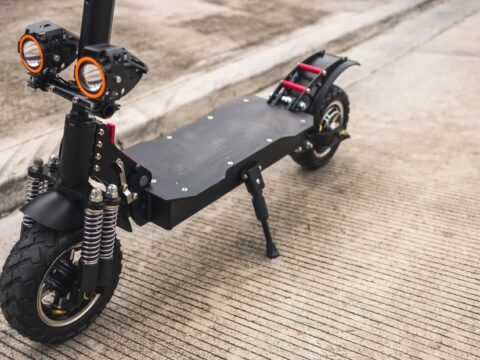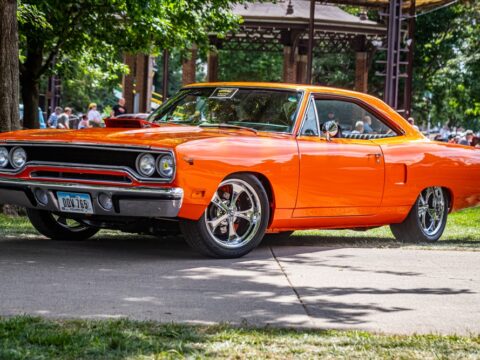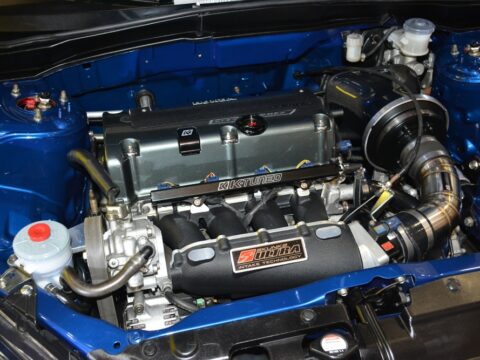Not every transport vehicle can live up to the hype. Whether due to design flaws, performance issues, or simply not meeting consumer expectations, some vehicles just don’t hit the mark. In this list, we’ll take a closer look at 25 transport vehicles that fell short of what was promised, leaving a trail of disappointment in their wake.
Contents
DeLorean DMC-12

The DeLorean DMC-12 gained fame from its role in the “Back to the Future” franchise, but in reality, it was far from revolutionary. Despite its futuristic gull-wing doors and stainless-steel body, the car was plagued by a weak 130-horsepower V6 engine, which offered underwhelming performance. Additionally, the build quality was inconsistent due to production issues, leading to numerous recalls and a reputation for being unreliable. These shortcomings, combined with its high price, contributed to the DeLorean’s commercial failure, making it more of a cultural icon than a successful vehicle.
Edsel

Ford’s Edsel was introduced in 1957 with high expectations, but it quickly became one of the most notorious flops in automotive history. Marketed as a mid-priced car with luxury features, the Edsel was launched during an economic recession, which dampened consumer interest. Its polarizing design, particularly the controversial grille, was widely criticized, and its complicated marketing campaign confused potential buyers. Production issues also led to quality control problems, sealing its fate as a failure. The Edsel’s poor reception forced Ford to discontinue it after just three years, making it a symbol of automotive overreach.
Pontiac Aztek

The Pontiac Aztek is often cited as one of the ugliest cars ever made, but its problems extended beyond just aesthetics. Designed as a crossover SUV with an adventurous spirit, the Aztek was meant to appeal to a younger demographic. However, its awkward and cluttered design failed to resonate with consumers. The vehicle’s interior, while spacious, was filled with cheap materials, and its performance was lackluster due to an underpowered V6 engine. The Aztek’s failure was a major factor in Pontiac’s eventual demise, illustrating how poor design choices can overshadow functionality.
Yugo GV
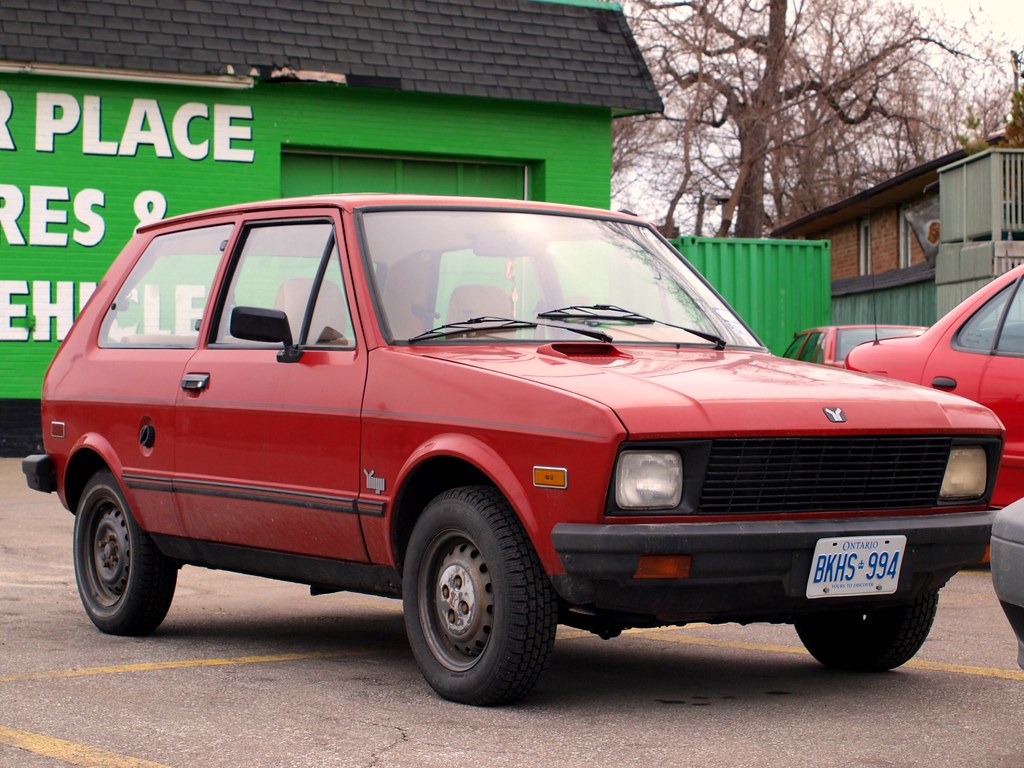
Marketed as the cheapest new car in America during the 1980s, the Yugo GV promised affordability but delivered little else. Manufactured in Yugoslavia, the Yugo was notorious for its poor build quality, with parts that often failed prematurely. The 1.1-liter engine was underpowered and prone to breakdowns, and the car’s overall reliability was so bad that it became the butt of jokes. The Yugo’s safety features were also minimal, making it one of the least safe cars on the road. Its reputation for being cheap and unreliable led to its quick exit from the market.
Hummer H2

The Hummer H2 was designed to bring military-inspired toughness to civilian roads, but it quickly became a symbol of excess and impracticality. While it was praised for its off-road capabilities, the H2’s massive size made it unwieldy for daily driving. Its fuel economy was abysmal, averaging around 10 miles per gallon, which made it a target for criticism during rising fuel prices. The interior, though luxurious, was cramped due to the vehicle’s bulky design. The H2’s poor practicality and environmental concerns led to its downfall, with production ending in 2009.
Chevrolet Vega
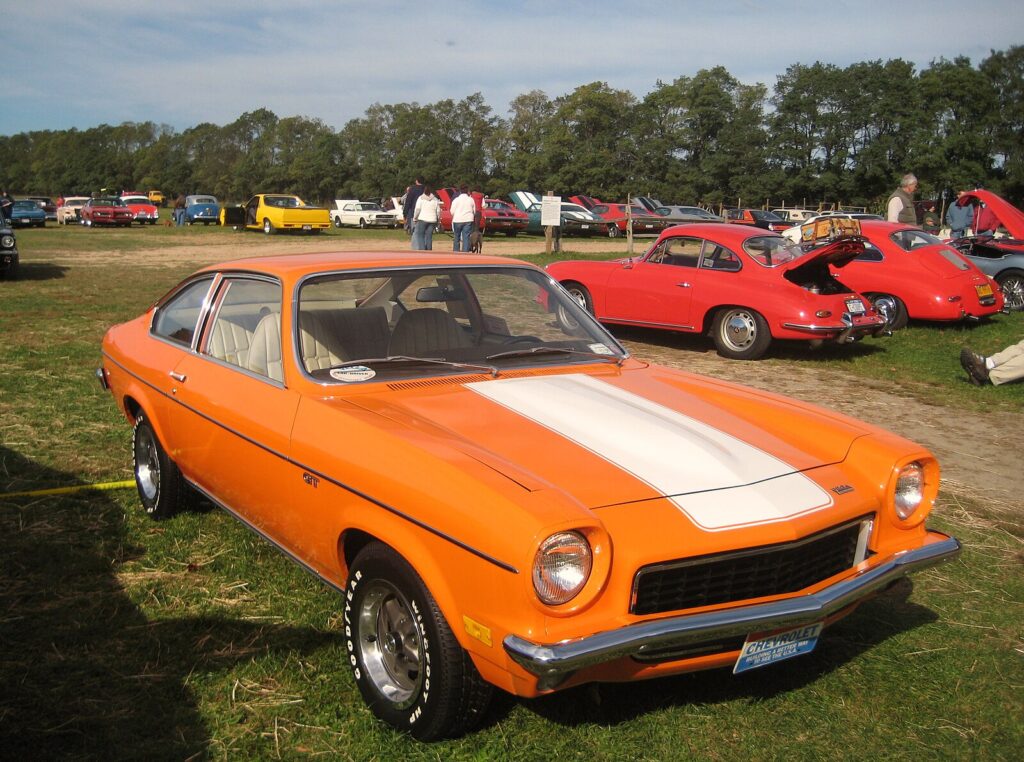
Launched in 1970, the Chevrolet Vega was initially praised for its sleek design and lightweight aluminum engine. However, the car soon became infamous for its numerous quality issues. The Vega was highly prone to rust, with many models showing significant corrosion within just a few years. The aluminum engine, intended to be innovative, suffered from reliability problems, including frequent overheating and oil leaks. These issues, coupled with poor build quality, led to the Vega being one of the most recalled cars of its time. Its failure contributed to Chevrolet’s tarnished reputation in the 1970s.
Trabant
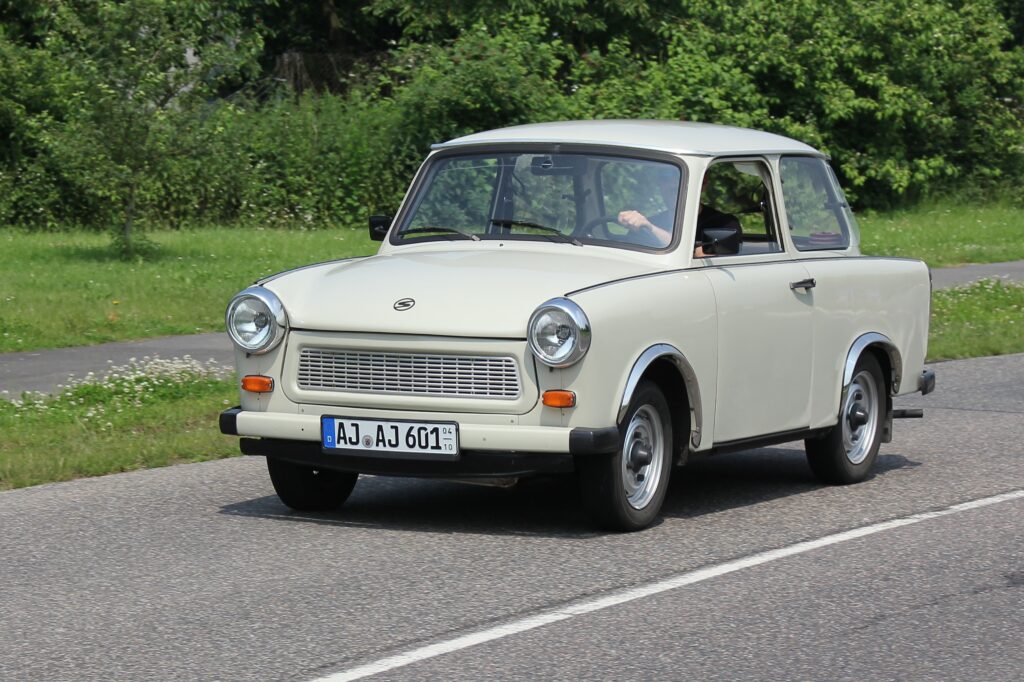
The Trabant was the quintessential car of East Germany, but it was far from a triumph of engineering. Built with a body made of Duroplast, a plastic reinforced with cotton fibers, the Trabant was outdated by the time it hit the road in the 1960s. Its tiny two-stroke engine produced a mere 26 horsepower, making it slow and inefficient. The car’s lack of basic features like fuel gauges and its poor handling further diminished its appeal. Despite its shortcomings, the Trabant remained in production for nearly three decades due to limited alternatives in East Germany.
AMC Gremlin
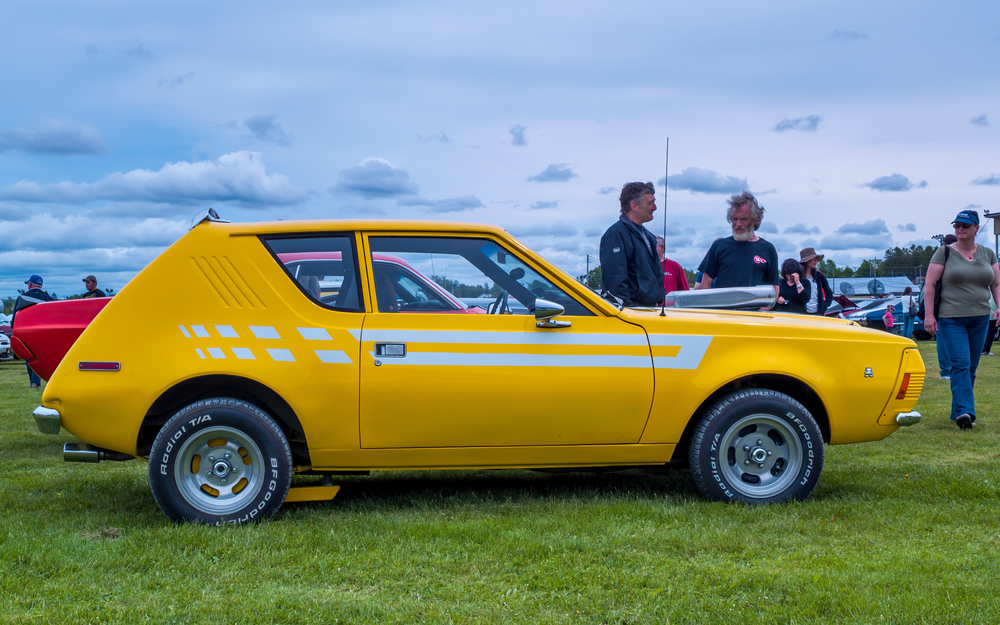
The AMC Gremlin was America’s first subcompact car, but its quirky design couldn’t compensate for its flaws. Launched in 1970, the Gremlin’s chopped-off rear end made it look unconventional, which attracted some attention but also limited its practicality. The car’s performance was mediocre, with underpowered engines and poor fuel economy for a vehicle of its size. Additionally, the build quality was subpar, leading to frequent mechanical issues. While it had a cult following, the Gremlin ultimately failed to compete with more refined and reliable subcompacts from other manufacturers.
Fiat Multipla
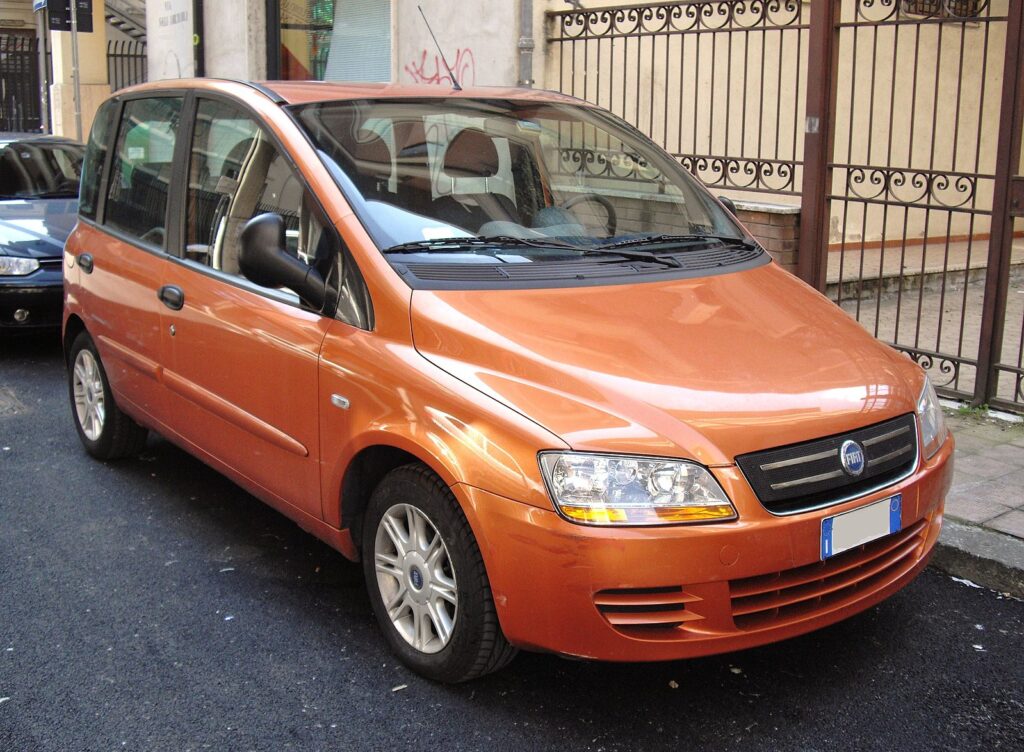
The Fiat Multipla is often remembered for its bizarre and unattractive design, particularly its bulging front end and wide stance. Introduced in 1998, the Multipla was a six-seater MPV that prioritized space and practicality, but its looks were too polarizing for most consumers. Despite its spacious interior and innovative layout, the Multipla’s aesthetics overshadowed its functionality. The unusual design led to poor sales, and the car became a symbol of how daring design choices can backfire when they don’t align with consumer tastes.
Jaguar X-Type
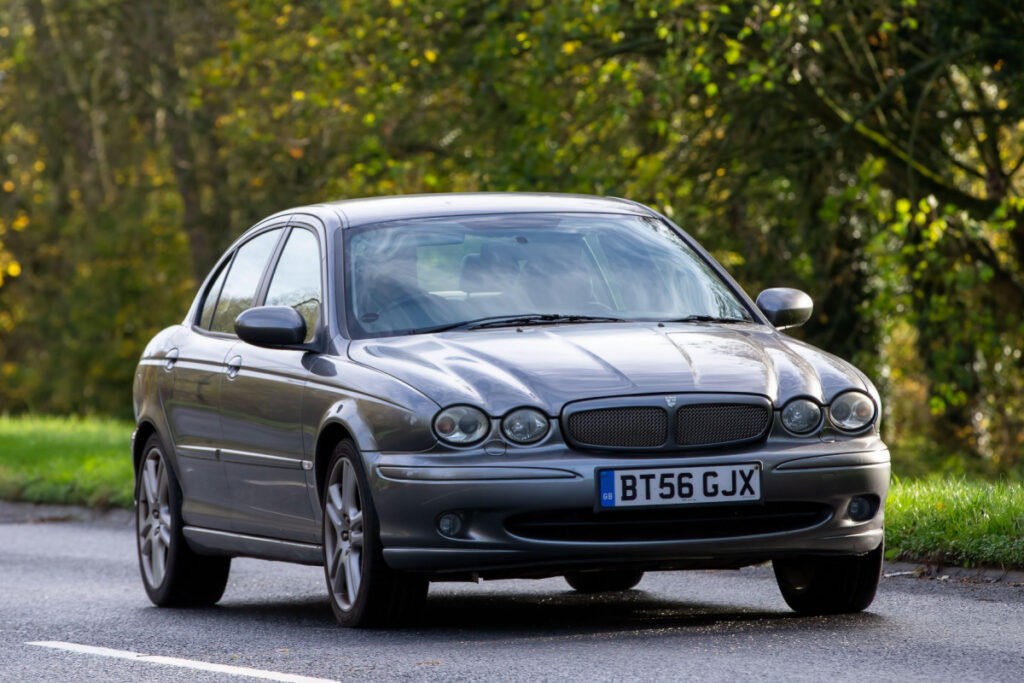
The Jaguar X-Type was introduced in 2001 as an attempt to bring the luxury brand into the compact sedan market. However, the X-Type was heavily based on the Ford Mondeo platform, which led to criticism that it wasn’t a true Jaguar. The car suffered from numerous quality control issues, including problems with its all-wheel-drive system and a high number of recalls. Additionally, the X-Type’s design lacked the elegance expected from a Jaguar, and its interior materials were often criticized as being below luxury standards. These factors combined to make the X-Type a commercial disappointment.
Bricklin SV-1

The Bricklin SV-1 was marketed as a sports car that emphasized safety, but it ended up being plagued by design flaws and reliability issues. Produced in the mid-1970s, the SV-1 featured innovative gull-wing doors and a body made of acrylic resin and fiberglass. However, the car was heavy and underpowered, with its V8 engine delivering uninspiring performance. The quality of the build was also inconsistent, with many cars experiencing issues with the doors and body panels. The Bricklin’s high price and poor reliability led to its quick demise, with only around 2,800 units produced.
Renault Avantime
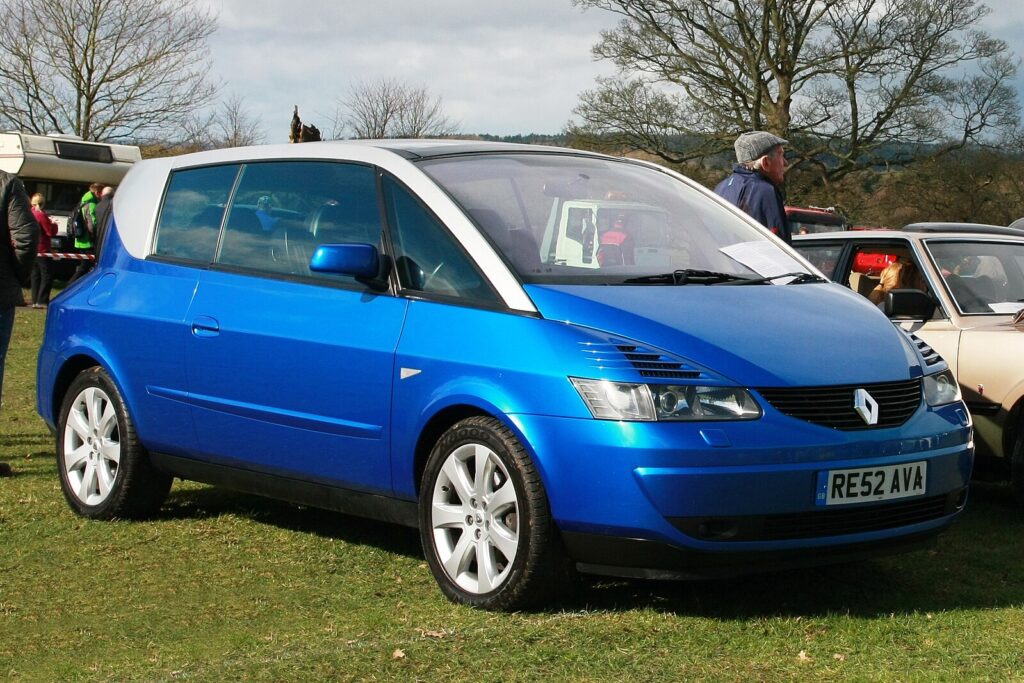
The Renault Avantime was an ambitious attempt to create a unique blend of a coupé and MPV, but it ultimately failed to resonate with consumers. Introduced in 2001, the Avantime featured a bold design with a high roofline and large windows, offering a spacious interior. However, the market for such a niche vehicle was limited, and the Avantime’s unconventional appearance turned off many potential buyers. Additionally, the car’s handling and performance were lackluster, and its price was relatively high. Poor sales led to the Avantime being discontinued after just two years.
Chrysler PT Cruiser
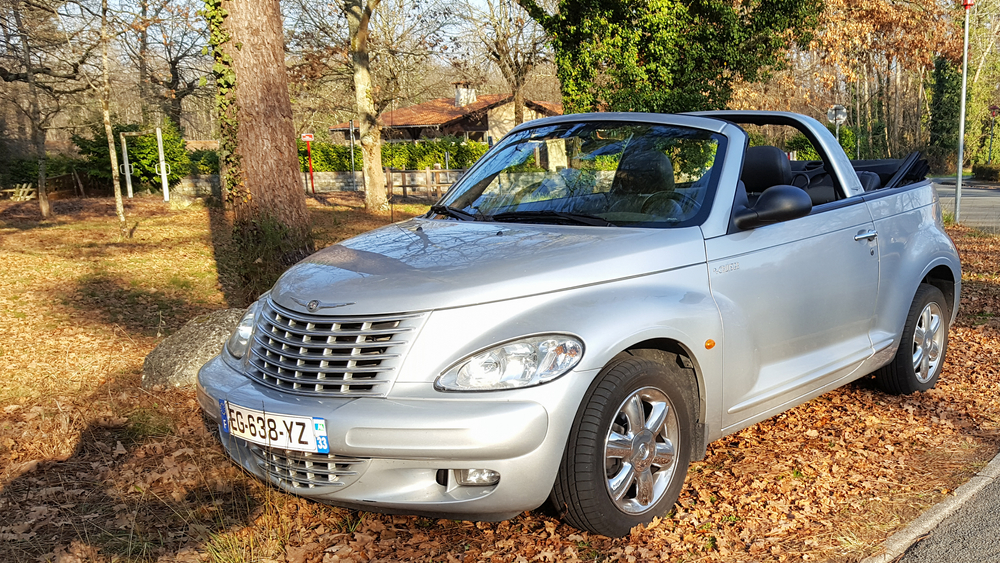
The Chrysler PT Cruiser debuted in 2000 with a retro-inspired design that initially garnered attention and sales. However, its appeal quickly faded as the car’s shortcomings became apparent. The PT Cruiser’s performance was underwhelming, with sluggish acceleration and mediocre fuel economy. The interior, while spacious, was criticized for its use of cheap materials. Additionally, the PT Cruiser’s retro styling became outdated, and Chrysler’s decision to stretch the design across multiple variants further diluted its appeal. The PT Cruiser’s sales declined steadily, and it was eventually discontinued in 2010.
Suzuki X-90
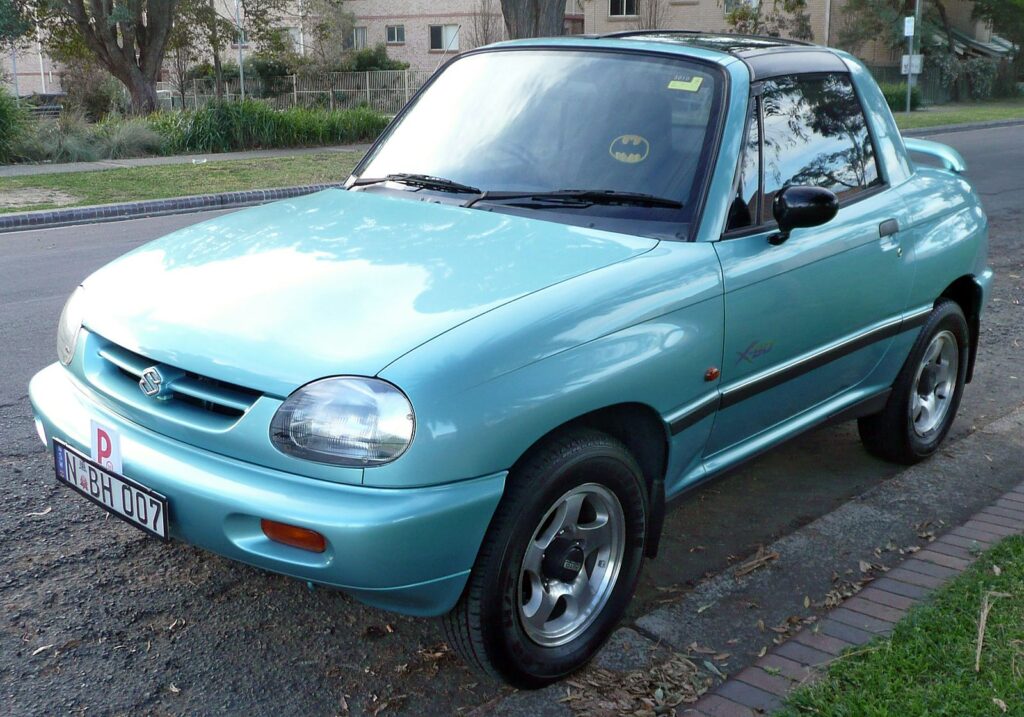
The Suzuki X-90 was a unique attempt to create a crossover between an SUV and a coupé, but it ended up being a commercial failure. Launched in 1995, the X-90 featured a two-door design with a removable T-top roof, but its compact size and unusual styling didn’t resonate with consumers. The car’s performance was also lackluster, with a 1.6-liter engine that struggled to deliver adequate power. The X-90’s impracticality and niche appeal led to poor sales, and it was discontinued after just two years of production.
Lincoln Blackwood
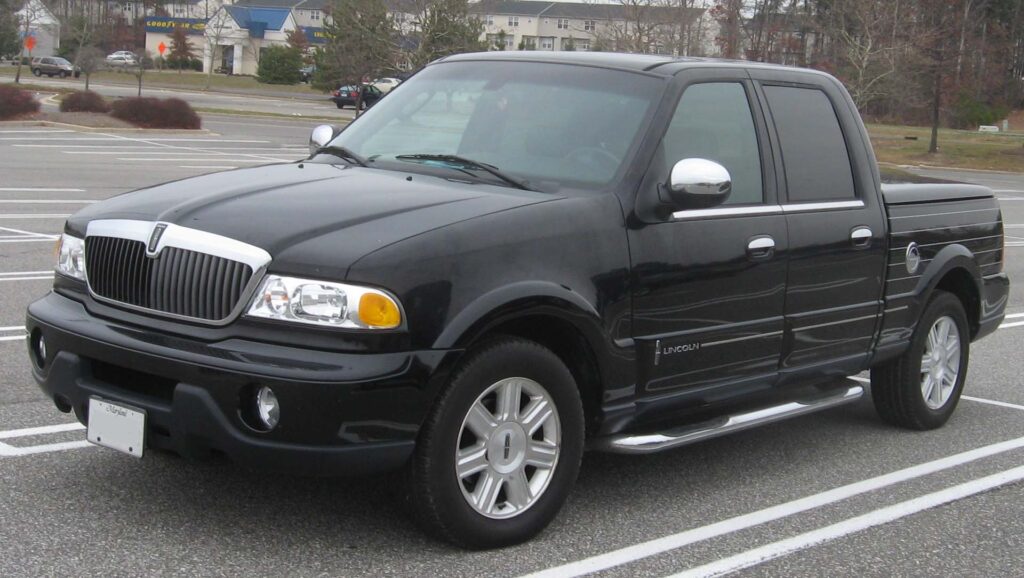
The Lincoln Blackwood was introduced in 2001 as a luxury pickup truck, but it was too niche and impractical to succeed. The Blackwood featured a luxurious interior with leather upholstery and high-end amenities, but its truck bed was lined with carpet and had a fixed, non-functional tonneau cover, making it nearly useless for hauling cargo. Additionally, the Blackwood’s high price tag and limited utility made it unappealing to both luxury car buyers and truck enthusiasts. Sales were dismal, and the Blackwood was discontinued after just one year on the market.
Saturn Ion
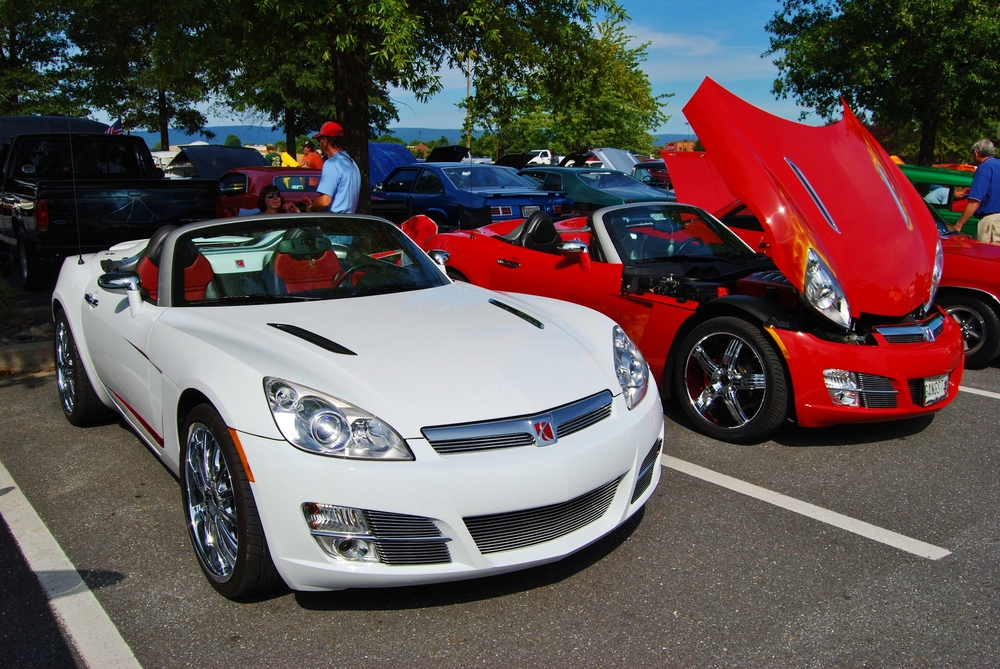
The Saturn Ion was introduced in 2003 as a replacement for the popular Saturn S-Series, but it failed to live up to expectations. The Ion was criticized for its uninspired design, poor build quality, and awkward interior layout, particularly the centrally mounted instrument cluster. The car’s performance was also underwhelming, with unrefined engines and a harsh ride. Additionally, the Ion’s reputation for reliability was tarnished by numerous recalls, including issues with the ignition switch that led to a major safety scandal. The Ion’s disappointing sales led to its discontinuation in 2007.
Nissan Murano CrossCabriolet
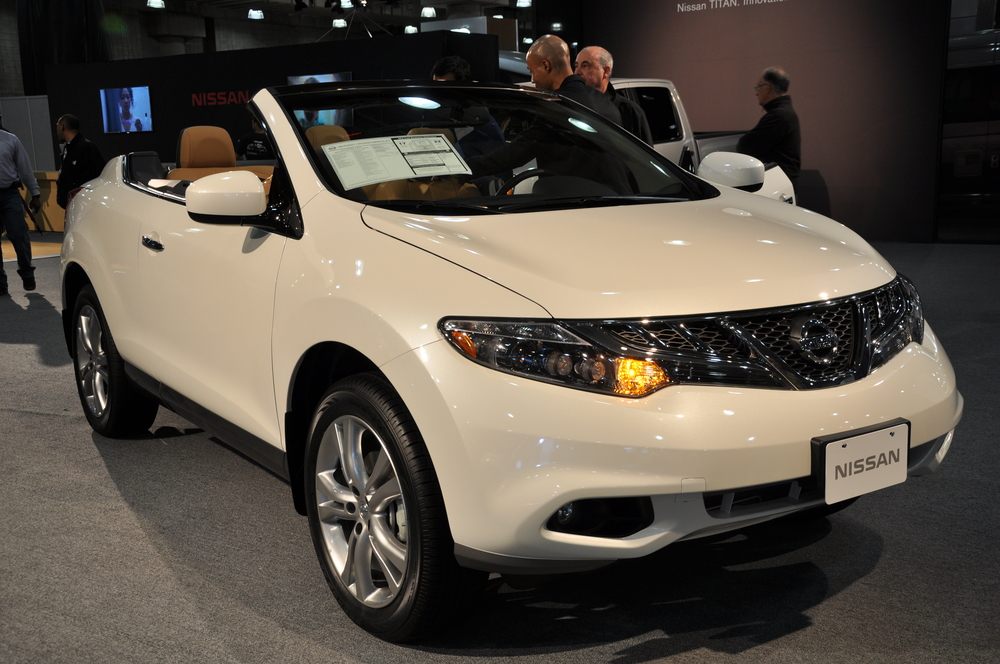
The Nissan Murano CrossCabriolet was a bold experiment in blending a crossover SUV with a convertible, but it left many scratching their heads. Launched in 2011, the CrossCabriolet featured a unique design with a retractable soft top, but its awkward proportions and heavy weight made it difficult to justify. The car’s handling and performance were compromised by the additional weight, and the loss of structural rigidity resulted in a less-than-ideal driving experience. Additionally, the high price and limited practicality of the CrossCabriolet led to poor sales, and it was discontinued after just a few years.
Cadillac Cimarron
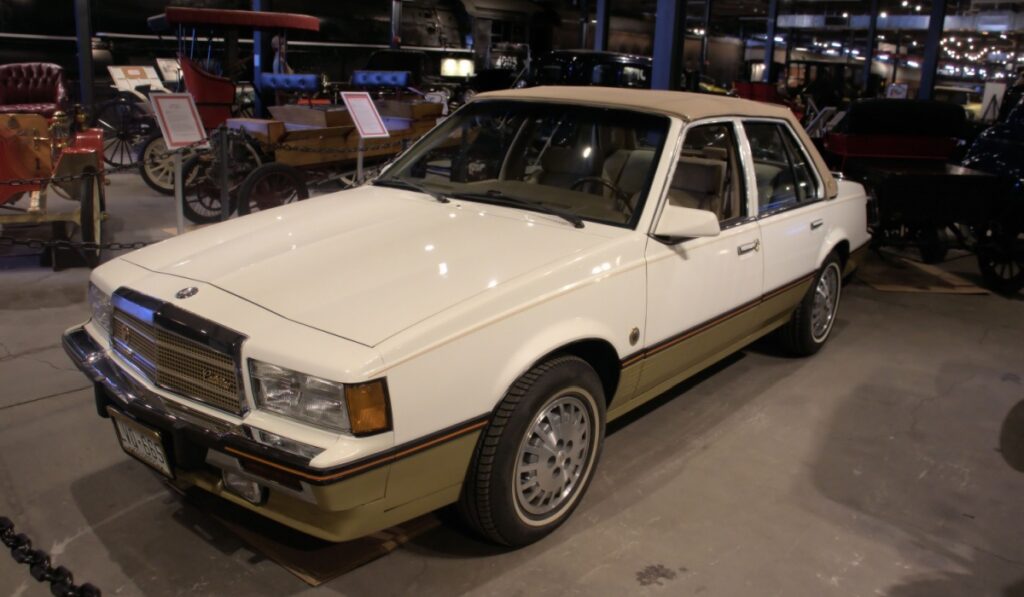
The Cadillac Cimarron was introduced in 1982 as a compact luxury car, but it was widely criticized for being little more than a rebadged Chevrolet Cavalier. The Cimarron’s design and features failed to meet the expectations of Cadillac buyers, who were accustomed to larger, more luxurious vehicles. The car’s performance was also lackluster, with an underpowered engine and a ride that was far from smooth. The Cimarron’s attempt to compete with European luxury cars fell flat, and it remains one of Cadillac’s biggest missteps in its history.
Chevrolet SSR

The Chevrolet SSR was a retro-styled pickup truck that aimed to combine the appeal of a sports car with the utility of a truck, but it fell short on both fronts. Launched in 2003, the SSR featured a retractable hardtop and a V8 engine, but its performance was underwhelming due to its heavy weight. The truck bed was small and impractical, limiting its utility, and the high price tag made it difficult to justify. The SSR’s niche appeal and lack of practicality led to poor sales, and it was discontinued in 2006.
Aston Martin Cygnet

The Aston Martin Cygnet was an attempt by the luxury carmaker to enter the city car market, but it was met with skepticism and ultimately failed. Launched in 2011, the Cygnet was essentially a rebadged Toyota iQ with Aston Martin branding and luxury interior fittings. However, the car’s high price—nearly three times that of the iQ—was difficult to justify, as it offered little in terms of performance or exclusivity. The Cygnet’s failure highlighted the risks of diluting a luxury brand by venturing too far from its core market.
Honda Crosstour
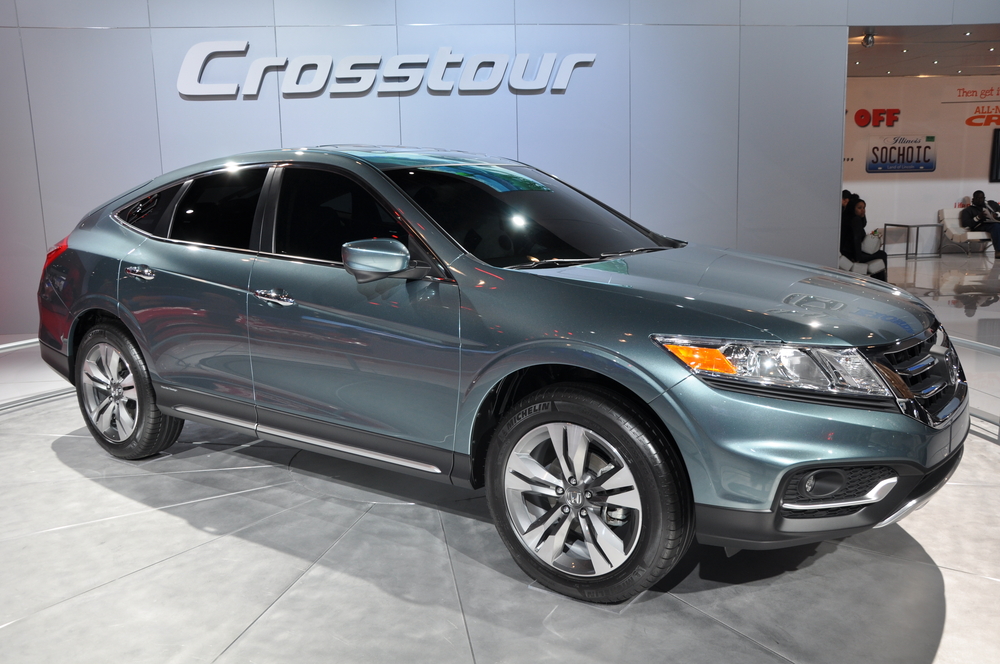
The Honda Crosstour was introduced in 2009 as a crossover variant of the Honda Accord, but its odd design and lack of practicality led to poor reception. The Crosstour’s sloping roofline and raised ride height were intended to combine the attributes of an SUV and a sedan, but the result was a vehicle that was neither. The car’s cargo space was limited due to its coupe-like profile, and its styling was widely criticized as unattractive. Despite its attempts to appeal to a new market segment, the Crosstour’s lack of focus led to its discontinuation in 2015.
Volkswagen Phaeton
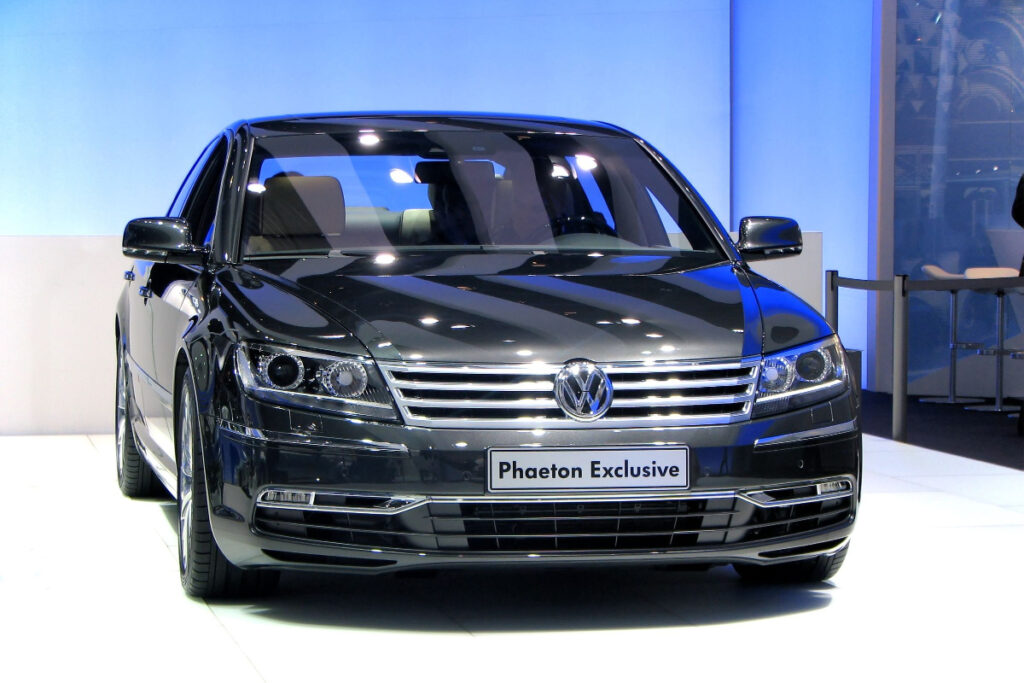
The Volkswagen Phaeton was a luxury sedan introduced in 2002 with the goal of competing with high-end brands like Mercedes-Benz and BMW. However, the Phaeton’s association with the Volkswagen brand, known for more affordable vehicles, made it difficult for consumers to see it as a true luxury car. Despite its advanced features and high-quality construction, the Phaeton’s sales were sluggish, particularly in the United States, where consumers were unwilling to pay a premium for a Volkswagen. The Phaeton’s failure to establish itself in the luxury market led to its discontinuation in 2016.
Ford Thunderbird (2002)
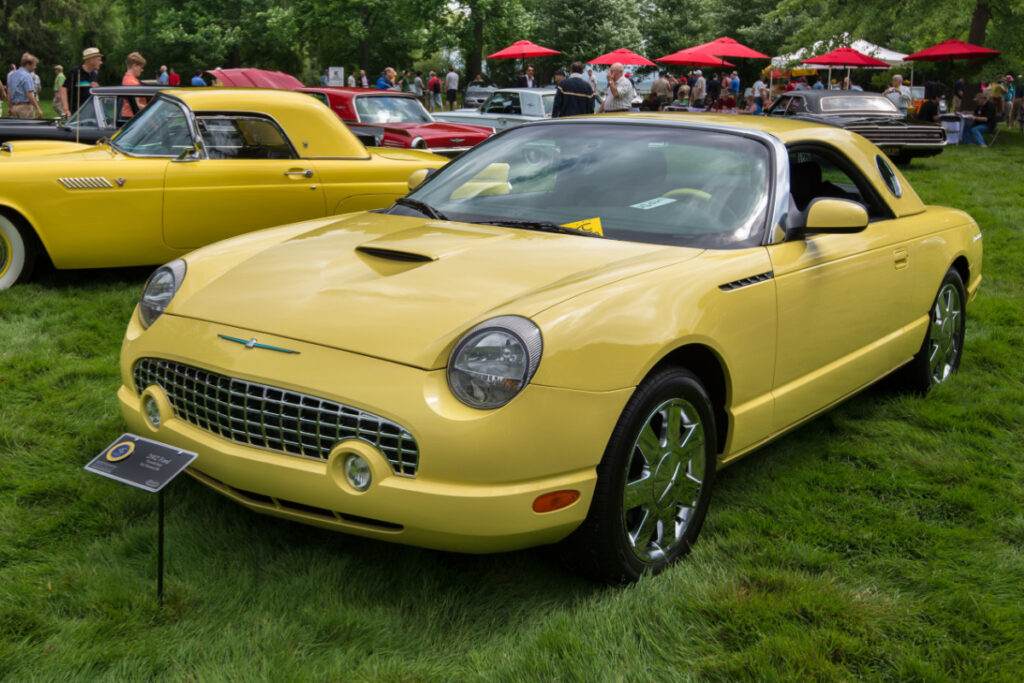
The 2002 Ford Thunderbird was a retro revival of the classic 1950s model, but it struggled to live up to its predecessor’s iconic status. While the design paid homage to the original, the car’s performance and handling were underwhelming, with a 3.9-liter V8 engine that lacked the power and refinement expected of a modern luxury car. The interior was also criticized for its use of cheap materials, which detracted from the car’s appeal. The Thunderbird’s initial sales spike quickly tapered off, and it was discontinued in 2005, marking the end of the model’s legacy.
Mitsubishi i-MiEV
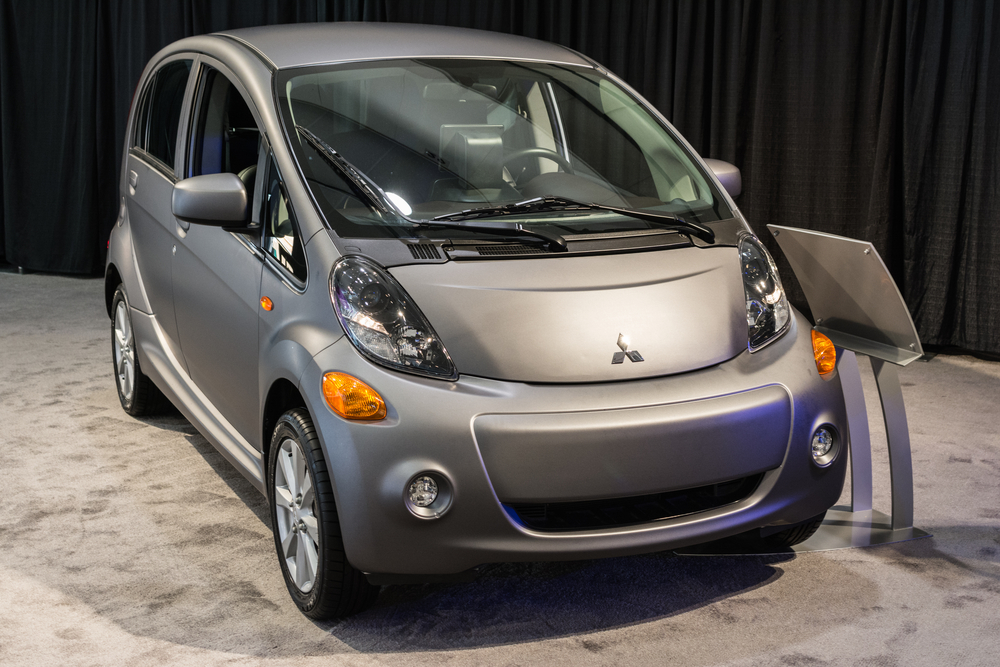
The Mitsubishi i-MiEV was one of the first mass-produced electric cars, but it fell short in several key areas. Launched in 2009, the i-MiEV had a limited range of just 62 miles on a full charge, which was significantly less than its competitors. The car’s small size and lack of features made it feel more like a glorified golf cart than a practical vehicle for everyday use. Additionally, the i-MiEV’s high price and outdated design failed to attract a significant customer base, leading to its discontinuation in most markets by 2019.
BMW 5 Series GT
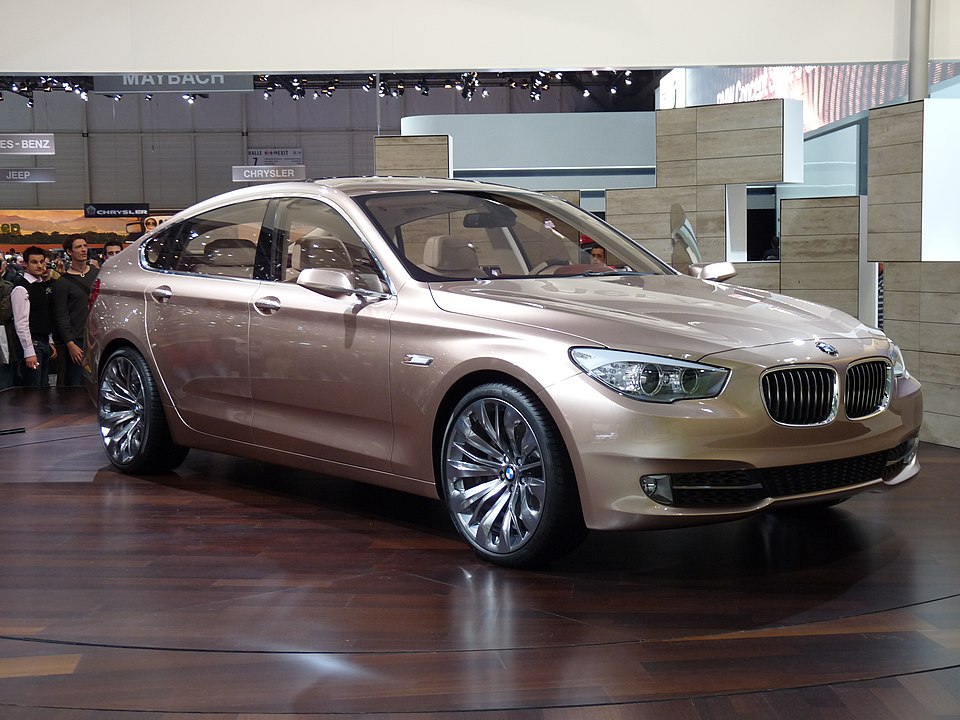
The BMW 5 Series GT was introduced in 2009 as a blend of a sedan, hatchback, and SUV, but it failed to carve out a clear niche in the market. The car’s awkward proportions and high roofline made it look ungainly compared to other BMW models, and its handling was compromised by its heavy weight and raised center of gravity. The 5 Series GT’s interior was spacious, but the car’s overall design left consumers confused about its purpose. Sales were sluggish, and the model was eventually replaced by the more traditionally styled 6 Series Gran Turismo.
This article originally appeared in MyCarMakesNoise.
More from MyCarMakesNoise
14 Unexpected Facts About the Mercedes-Benz S-Class

The Mercedes-Benz S-Class is renowned for its luxury, performance, and innovation. But beyond its sleek design and powerful engines, this flagship model hides some fascinating secrets. Read More
12 Rare Military Vehicles Collectors Dream About

For military vehicle enthusiasts, the thrill of discovering rare and unique models is unparalleled. These collectors often dream about acquiring the most elusive and historically significant military vehicles. Read More
16 Common Missteps When Using Car Safety Features

Car safety features are designed to keep us safe on the road, but they can only do their job if we use them correctly. Unfortunately, many drivers make common mistakes when using these advanced systems, which can lead to reduced effectiveness or even accidents. Read More

